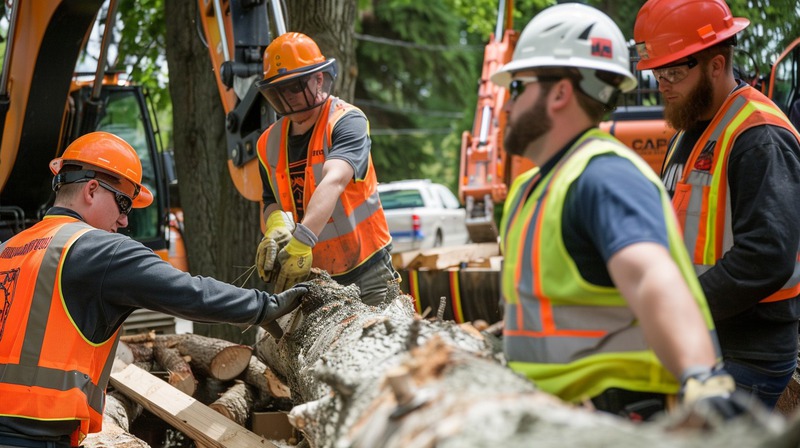The research study of how individuals learn led to the conclusion that education is an integrative process. Creating a coherent story needs comprehending how information from different fields is interconnected. Hence, learning is strengthened when it can be shared with others. For this reason, it’s best to incorporate decorative themes in learning as a whole.
Benefits of Theme Decoration-Based Learning
Many early education programs use the educational teaching strategy through a central theme. The typical thread unites and incorporates varied content areas, disciplinary strands, and skill sets. The following are benefits of theme-based education for kids are manifold, given that it is a technique for instruction.
More Advanced Levels of Cognition
Connecting information and abilities is vital for extensive comprehension and using that understanding to address practical challenges. Because they are continuously motivated to draw connections, students taught using a thematic framework acquire much broader and more profound knowledge than those taught using more conventional approaches. Classrooms with inspiring themes include paintings of historical locations, pictures of landmarks, miniatures of well-known landforms, and beach-themed amenities, to name a few.
Improved critical thinking skills arise from students’ frequent engagement in the in-depth conceptual examination, perspective comparison and examination, knowledge application, and original concept generation. As a result, one develops exceptional capacities for initial ideas and issue solutions.
Authentic Learning
When you put it in perspective, you see that the difficulties students confront in the classroom are no different from those they would encounter in real life. Because of this, every kind of organization looks for novel approaches to teaching and informing the public, especially kids. Using a themed and decorated classroom technique for education extends beyond the classroom. For example, this mechanism is used in advertisements such as medical or hospital billboards, shopping mall billboards, and even vehicle advertising.
The complexity, breadth, and depth level of theme-based learning is significantly higher than in conventional education. The focus on textbooks, lectures, exams/quizzes with numerous choice questions, and correct responses considerably limits learning in the standard design.
Effective Retention Knowledge
Learning around a theme allows children to learn within a meaningful framework– this aids in comprehension and the application of knowledge and abilities. Some examples of these motivating-themed spaces used in the classrooms are historical locations painted on walls, photographs of landmarks, miniature of famous landforms, and a beach themed decor pediatric office and facilities. Learning topics like mentioned themes can create the impression that your kid is gaining knowledge.
Fun and Engaging
To achieve that, teachers have to bring truth to the classroom. A teacher produces custom-themed environments which are stress-free and cozy. When it’s done right, education can be entertaining. That’s why even hospitals and dental office design companies use this kind of approach. As a matter of fact, kids enjoy thematic and decorative classrooms so much because they are so engaging. They are studying things that matter to them and will influence their life. As a result, kids develop “intrinsic motivation,” or the desire to learn of their own volition instead of out of external pressure. Nevertheless, this learning requires active techniques, such as project-based learning, which increases student engagement.
Overall
Learning around a central theme or decorative facilitates cross-disciplinary understanding and application. That can only happen if educators incorporate real-world examples into their lessons. An instructor can make a classroom more relaxing and inviting using various methods. These options allow this theme decoration learning strategy to embrace several bits of intelligence and better meet the demands of students with varying levels of advancement and aptitude in an offered study area. This is an excellent perk for classrooms and families with more than one kid.






